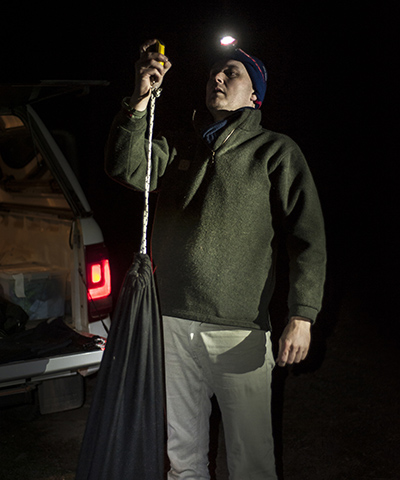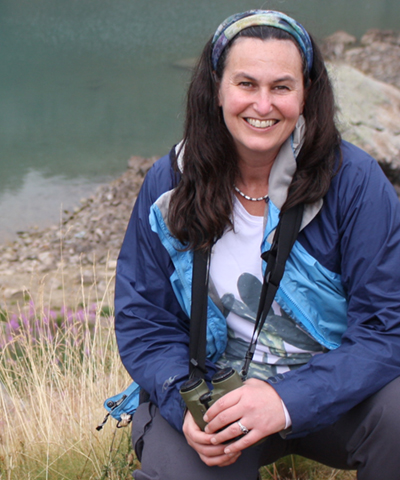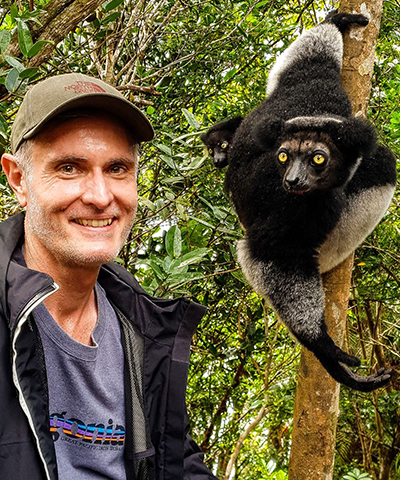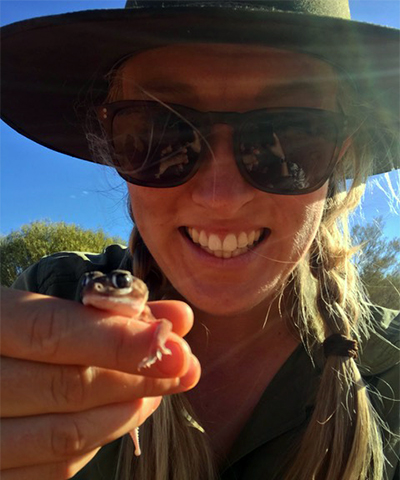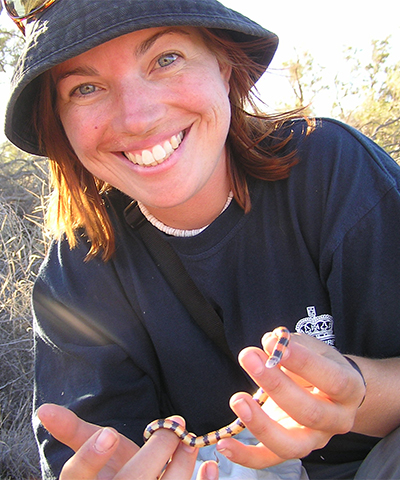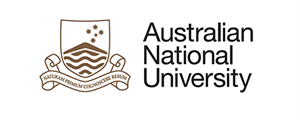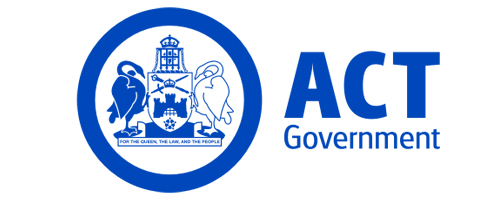
Research in Brief
Many native animals have been lost from areas of their former range. A range of causes, including habitat loss and feral predators, such as foxes, have contributed to declines of native species in different areas. Where these threats have been adequately mitigated it may be possible to reintroduce species.
Working in partnership with the ACT Government and the Woodlands and Wetlands Trust, this project is learning from, and providing strategic and technical support to a number of reintroduction programs within the region. This includes examining the feasibility of reintroducing a number of additional species to Mulligans Flat Woodland Sanctuary (MFWS) which is surrounded by a feral-proof fence, and a “beyond-the-fence” trial release of eastern bettong (Bettongia gaimardi) into the Lower Cotter Catchment where a fox control program is ongoing.
Why is the research needed?
The vast majority of south-east Australia’s woodland ecosystems are degraded, and many species have been lost from large parts of their former ranges. Habitat loss, fragmentation and degradation, altered fire patterns, and introduced feral predators (cats and foxes) have all played key roles in the declines and losses of many species.
Where these threats have been adequately mitigated there is an opportunity to reintroduce species and restore ecological processes, such as soil turning by native digging mammals.
The largest and most intact box-gum grassy woodlands within the Australian Capital Territory (ACT) are found at Mulligans Flat Woodland Sanctuary (MFWS). The sanctuary is owned and managed by the ACT Government in partnership with the Woodlands and Wetlands Trust.
The woodlands are being actively restored and a feral-proof fence excludes foxes, cats, dogs, rabbits, hares and deer from 1286 ha at MFWS. Several species have already been reintroduced and are thriving within the feral-free box gum grassy woodland. As part of the MFWS Strategy 2020–2045, a new set of species for potential reintroduction needed to be identified and a process for species selection needed to be developed.
Since 2012, eastern bettongs have been successfully breeding at MFWS. Bettongs have also been bred at Tidbinbilla Nature Reserve by the ACT Government. Fenced reserves represent a critical first stepping stone towards returning bettongs and others species to the broader landscape. A long-term conservation aim is to re-establish bettongs and other species into the wild – however, this will be a multi-step adaptive process.
Following a rigorous fox control program, this project is working with the ACT Government to trial the release of bettongs into the Lower Cotter Catchment, a 6000-hectare reserve west of Canberra. The project will involve careful monitoring of both the fox population and the released animals to determine survivability, and to refine tactics to inform and improve the success of potential future releases of this and other species.
 An eastern bettong at Mulligans Flat. Image: Adam McGrath and WWT
An eastern bettong at Mulligans Flat. Image: Adam McGrath and WWT
How will the research help?
The research team is working closely with the ACT Government and the Woodlands and Wetlands Trust to provide scientific support to reintroduction programs at MFWS and the Lower Cotter Bettong Trial Release.
The Mulligans Flat Species Selection project is developing a species selection process involving stakeholders for reintroductions, which will feed into the MFWS Strategy 2020–2045 over the next 25 years and provide guidance on the feasibility of reintroducing several new species to MFWS.
For the Lower Cotter Bettong Trial Release, the project is providing scientific support including planning, genetic strategies, reintroduction techniques and monitoring the fate of released animals and fox activity. It will also generate key information on thresholds of fox populations that are tolerable to bettongs. The data collected will help provide evidence-based guidance for future reintroduction programs.
The findings from this project will be used to help inform and deliver the goals of the Mulligans Flat Woodland Sanctuary Strategy 2020–2045.
What research activities are being undertaken?
The Mulligans Flat Species Selection project is developing a species selection process to identify priority species for reintroduction at MFWS. In particular the project is undertaking preliminary assessments of the feasibility of reintroducing koalas (Phascolarctos cinereus), Rosenberg’s monitor (Varanus rosenbergi), brush-tailed phascogales (Phascogale tapoatafa), Australian bustards (Ardeotis australis) and spotted-tail quoll (Dasyurus maculatus).
An adaptive experimental design was applied to previous reintroductions of the eastern bettong (Bettongia gaimardi), eastern quoll (Dasyurus viverrinus), bush stone-curlew (Burhinus grallarius) and the New Holland mouse (Pseudomys novaehollandiae). This project is building on that work to support the development of evidence- based protocols for ecosystem restoration, including reintroduction guidelines for species.
The Lower Cotter Bettong Trial Release is monitoring the eastern bettong reintroduction to the Lower Cotter Catchment, and is undertaking analysis of the resulting data in order to improve the success of future reintroduction strategies and methods. Analysis of the outcomes of that trial will provide important insights to inform other reintroductions outside fenced reserves.
Who is involved?
This is a collaborative project between The Australian National University, the ACT Government, the Australian Government and the Woodlands and Wetlands Trust.
Where is the research happening?
The field research is taking place in the ACT. Animal reintroductions are occurring at MFWS and the Lower Cotter Catchment, west of Canberra. Founders for the Lower Cotter Bettong Trial Release were sourced from MFWS and Tidbinbilla Nature Reserve.
When is the research happening?
The project will run for six years from late 2015 until mid 2021.
Further Information
For more information please contact:
Adrian Manning - adrian.manning@anu.edu.au
Top image: A bettong being released at a reintroduction site in the ACT. Image: Lannon Harley
